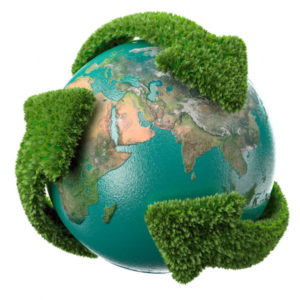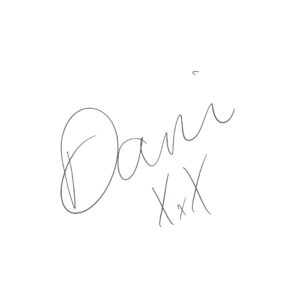WHAT IS SUSTAINABILITY?
SUSTAINABILITY
/səsteɪnəˈbɪlɪti/
noun
- the ability to be maintained at a certain rate or level. “the sustainability of economic growth”
- avoidance of the depletion of natural resources in order to maintain an ecological balance. “the pursuit of global environmental sustainability”

In a world where everything is fast paced and constantly accessible, its no wonder land fills have increased in size. A quick google will highlight just how serious a waste problem we have. We appear to be a consumerist society that love ‘the thrill of the purchase’, we can now get whatever we want at a simple click of a button, but this seems to always be followed by excess waste.
We regularly see news highlights of landfills, beautiful destinations ruined by rubbish, forests devastated, animals killed all for the sake of our desires and want for more.
According to a BBC article ‘UK households produced just under 27 million tonnes of waste in 2017. This is the equivalent to 409Kg per person’. The long list of what this consisted off goes on and on, but was things like food, unwanted clothes, technology, packaging.
SO HOW DO WE TACKLE THIS?
This is a good question, because ultimately we have to want to and its not easy changing subconscious habits. It means boiling everything down to its simplest form of what do we need? What do we want? And seeing the difference between these two things. Once we have determined this, we need to change our habits.
It is the responsibility of everyone involved in the retail cycle for this change to happen. Starting with where the raw materials are sourced, to the manufacturer through to the vendor and the end user. I knew that I along with everyone else had to change my mindset. We needed to slowly ween ourselves off the thrill of buying. Oh Yes that’s a thing and that’s precisely why it’s called retail therapy. It makes us feel happy, but only temporarily. We are fleetingly present in that one moment and have no thought to our future or even what our actual needs are.
WHAT DID I DO?
Once I realised this, I decided it was time to change and started looking more closely at the purchases I made. Why was I making them? It soon became second nature, deciding on whether I needed something and what its source was, how much did I love it?
This change in mindset started to infiltrate every aspect of my life causing me to look at the chain of manufacture. Was it an environmentally friendly process? Was a person working in good conditions and paid fairly? Seeing the ripples that that this shift in mindset had made me wonder how many other people were going through this process.
I found myself happier with the things I did own, truly loving the clothes I had, not having things falling off my shelves and out of cupboards. Everything became better cared for and lasted longer. My home felt less cluttered and so my brain did too.
As I went through this process, I became aware that some companies put the green stamp of approval on products that weren’t really that sustainable. I quickly learnt the term green washing and what it meant.
‘Greenwashing is when a company or organization spends more time and money on marketing themselves as environmentally friendly than on minimizing their environmental impact.’ For more information simply google it and you’ll find yourself looking at some cherished brands in a whole new light.
I then decided to take a look at my business and see where I could improve my sustainability and reduce my carbon footprint. I realised everything connected and as I changed one thing, another would also need changing. Over the years I’ve tweaked my processes to achieve this. Changing how I source my materials for example, only using local and national providers and reducing my over seas purchases. I worked hard to connect with larger businesses, using their off cuts. Using woods down to the very smallest of cuts. Only buying when I needed too and learning hacks for reducing my own waste. I invested in better providers ensuring full ownership of what I was giving out.
I decided last year to support a tree planting charity to further lesson the environmental impacts in some small way. Remember the whole stone across the water analogy, well that’s me. A tiny stone on a big old body of water, but look at the ripples I can create.
IN SUMMARY
I look back and can now see I’ve invested in my personal life and my businesses ability to be sustainable. Surviving the various changes in demand and adapting my processes and materials to have less environmental impact. The goal was to meet everyone’s needs without compromising the ability of future generations to meet their own. This approach to life and business will require regular revision, but I believe it’s worth it.
This is a journey that requires everyone to work together, to trust and to invest in the future. It’s not always the cheapest option. If it enables future generations that might include your children/ grandchildren/ nieces and nephews to grow and be healthy, is it not worth changing our habits towards sustainability? If everyone decided to act on this in some small way, the ripples could be life changing.

